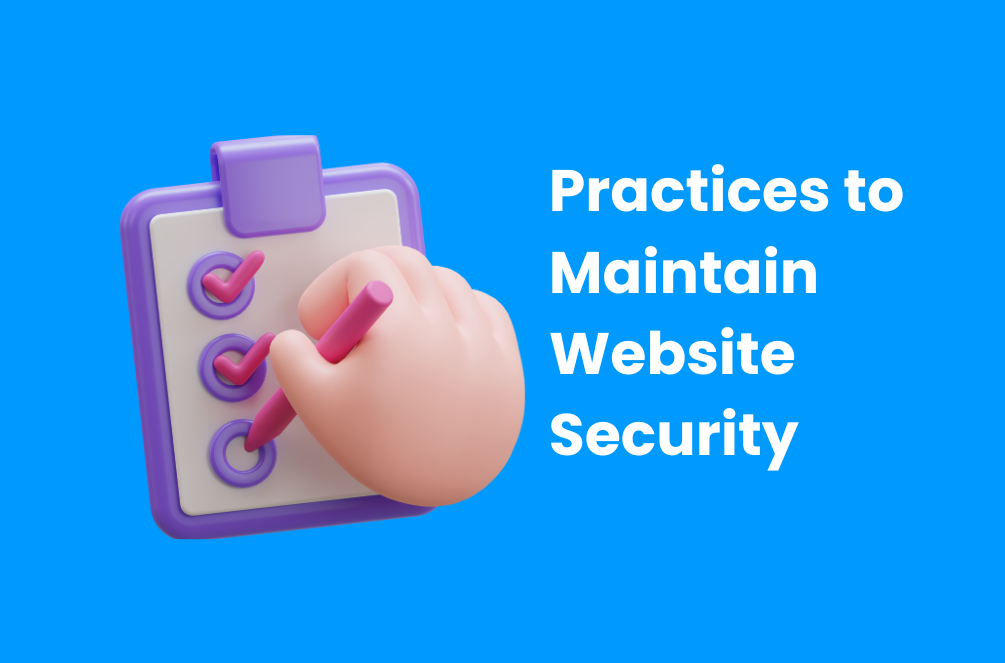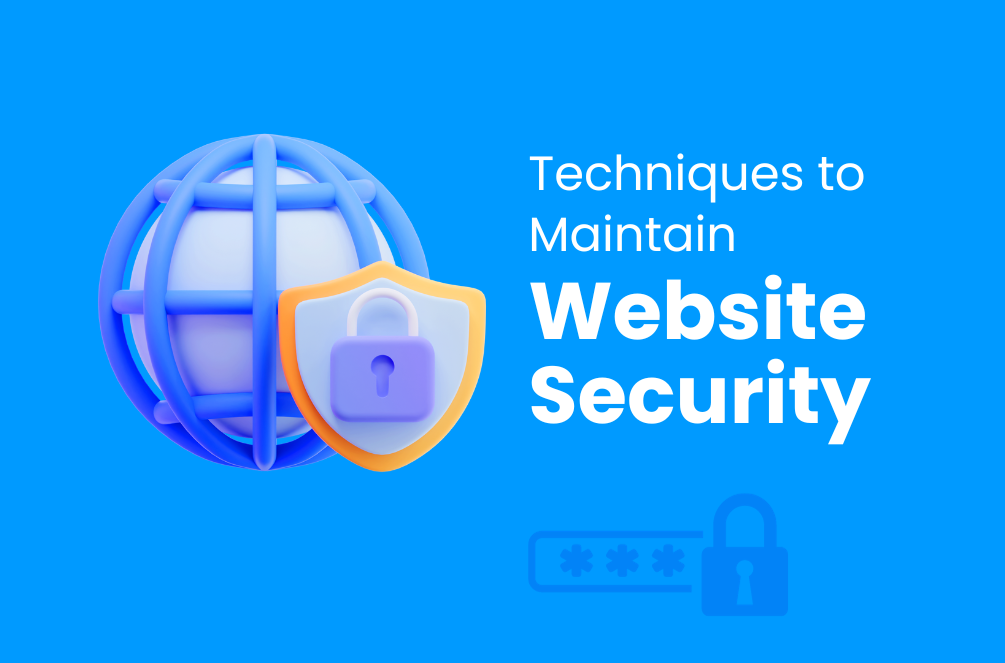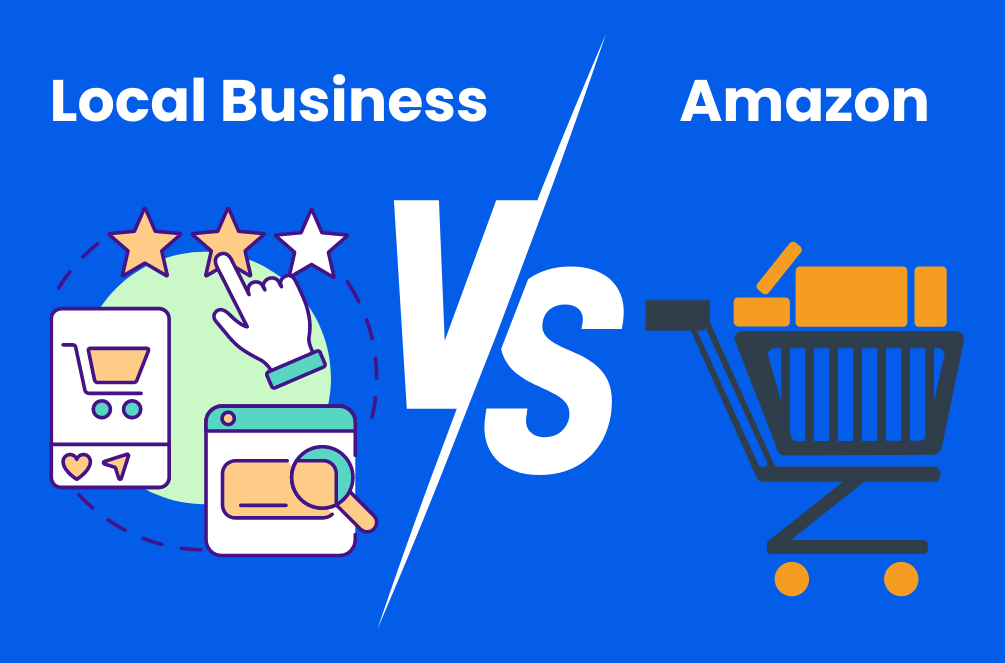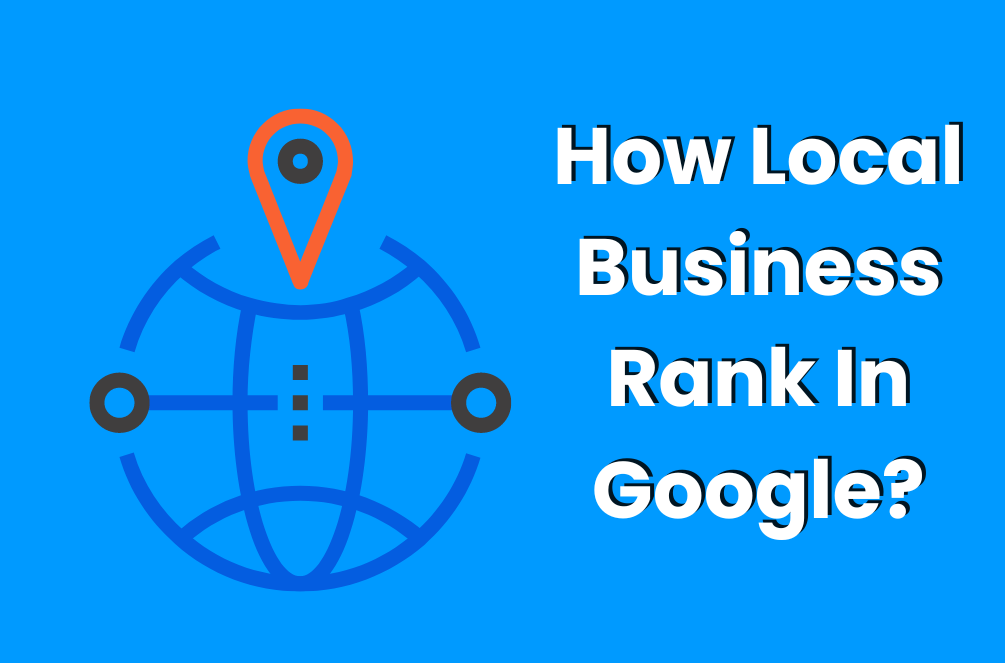Nowadays, everything is digital, so keeping business websites safe is very important for their long-term success and reputation. Website security is a shield against cyber risks that includes many steps to keep private information safe, stop unauthorized access, and strengthen digital assets. No matter what size or type of business it is, the reliability of its online presence is closely linked to its reputation, customer trust, and ability to run smoothly. So, it is very crucial to know how business website maintains security.
It’s impossible to overstate how important website security is for companies. If you don’t have good security, you could face many problems, such as data leaks and service interruptions, which could cost you money and hurt your brand’s reputation. Cyber threats, which are getting smarter and happening more often, are always a worry, so strong security measures are needed.
This article goes into great detail about how business website maintains security. It not only shows how important it is to keep business websites safe, but it also gives readers useful information, the best ways to do things, and plans they can use right away. This complete guide is meant to give businesses the tools they need to strengthen their digital defenses, from knowing common threats to putting in place effective security measures.
Knowing What Can Hurt Business Websites
In the digital world, which is always changing, knowing business websites are constantly threatened by a wide range of advanced dangers. These dangers, which are often hidden in cyberspace, are very dangerous to the safety and security of online platforms. Understanding these possible risks is essential for making defenses stronger against bad players.
A. Common Threats to Cybersecurity
Cybersecurity dangers come in many forms and are always changing. Some of the most dangerous are malware, phishing attacks, ransomware, SQL injection, and cross-site scripting. Malware, which is harmful software that is meant to get into systems and damage them, is still a big problem that can ruin businesses of all sizes. Phishing attempts try to trick people into giving up private information by pretending to be real entities. They are a constant threat to data security.
B. The risks that come with not having enough security measures
Not having enough security steps can cause a lot more problems than just being annoying. A breach not only puts private information at risk but also does a lot of damage to a company’s finances and image. In addition to instant financial losses, a security breach can lead to a loss of customer trust, legal problems, and long-term problems with operations. This is why it is so important to have complete knowledge of how business website maintains security.
C. How Security Breach Affects Businesses
When there is a security leak, it can be very bad. Businesses not only have to deal with losing money, but they also have to rebuild trust, which can be hard. After a breach, things get even more complicated because of fines from regulators, court fees, and the huge task of restoring lost data. This shows how important it is to take proactive security steps.

Best Practices on How Business Website Maintains Security
A strong website’s security depends on following a set of best practices that are the foundation of protection against online threats. When these practices are strictly followed, they make a website much more resistant to possible security holes. Here are some tips on how business website maintains security:
A. Setting up SSL certificates
The use of Secure Socket Layer (SSL) certificates is a basic step towards making website interactions safer. When you send data to a website, SSL certificates encrypt it so that only the people who are supposed to see it can read it. This keeps critical information between users and the website safe and private.
B. Regular updates to software and patch management
Keeping software up to date and managing patches are very important for reducing risks. By keeping all software, like content management systems, plugins, and frameworks, up to date, known security holes on the website can’t be used against it.
C. Strong rules for passwords
Strong password rules are one of the best ways to keep people from getting in without permission. By lowering the risk of brute-force attacks, complicated password requirements and regular password changes make security much stronger.
D. Two or more factor authentication
Using multi-factor authentication adds an extra layer of security by requiring users to prove their identity in more than one way, like with a password, fingerprints, or a verification code. This stops people from getting in without permission even if passwords are stolen.
E. Protection from firewalls
Strong firewalls block malicious traffic by filtering out possibly harmful data packets and protecting the website from many types of cyber dangers.
F. Hosting and backup services that are safe
If you choose safe hosting services with strong security features and regular backups, you can get your data back and keep things running smoothly in case of a security breach or data loss.
Strategies for Monitoring and Detecting Threats
A key part of making business websites safer is keeping an eye on them and finding possible threats before they happen. Putting in place good methods for ongoing surveillance helps find and reduce risks before they get worse.
A. Continuously watching what people do on the website
By keeping an eye on website activity regularly, strange or shady behavior can be found quickly. Both automated tracking tools and human oversight help find problems and take quick action against possible threats.
B. Using Intrusion Prevention Systems (IPS) and Intrusion Detection Systems (IDS)
When you combine IDS and IPS systems, you improve security by constantly finding and stopping suspicious activities. IDS checks network traffic for possible threats, while IPS blocks possibly harmful traffic before it gets to the network.
C. Doing vulnerability and security assessments and audits
Regular security audits and vulnerability tests are necessary to find holes in a website’s defenses. These tests help you figure out where attackers might be able to get in, so you can take proactive steps to make your security stronger.
Conclusion
Securing business websites is not only necessary but also an ongoing process that must be done to keep them safe from online threats that are always changing. As companies move into the digital world, the honesty of their online presence becomes more important for building trust and keeping operations stable. It becomes necessary for website owners to know how business website maintains security.
During this in-depth look at website security, a number of key practices and tactics have come to light as essential for strengthening defenses. There are many layers of protection that go into a strong security system, from using SSL certificates to making people more aware by training employees and educating users.
Frequently Asked Questions
B. How often should a company improve its security?
To keep a website safe, security changes must be done on a regular basis. A business should stick to a plan that works when software providers release patches and updates. In general, updates should be installed as soon as possible after they come out to successfully protect against vulnerabilities.
C. What do SSL keys do to keep websites safe?
SSL (Secure Socket Layer) certificates encrypt data sent from a user’s computer to a website server. This makes sure that communication is safe and encrypted. They are very important for keeping private data like login information, payment information, and personal data safe from people who aren’t supposed to have it. This is very important for the site owners to know how business website maintains security.
D. Are there protection measures for small businesses that are free or don’t cost a lot of money?
Yes, small businesses can use a number of security methods that are either free or don’t cost much. For example, you should use trusted security plugins, open-source security tools, strong password policies, two-factor authentication, and back up your data frequently.
E. How does teaching users how to use a website help keep it safe?
Educating users is a big part of keeping websites safe because it gives them the tools to find and stop possible threats. Users who know more about how business website maintains security are better able to spot phishing attempts, keep their passwords safe, and report anything that seems fishy. This makes websites safer generally.
F. How can a company get back on its feet after a security breach?
After a security breach, companies should follow a well-thought-out incident reaction plan. This includes identifying the systems that are affected, letting stakeholders know about them, doing forensic analysis, making the necessary fixes, and starting communication plans to win back the trust of customers and stakeholders.




